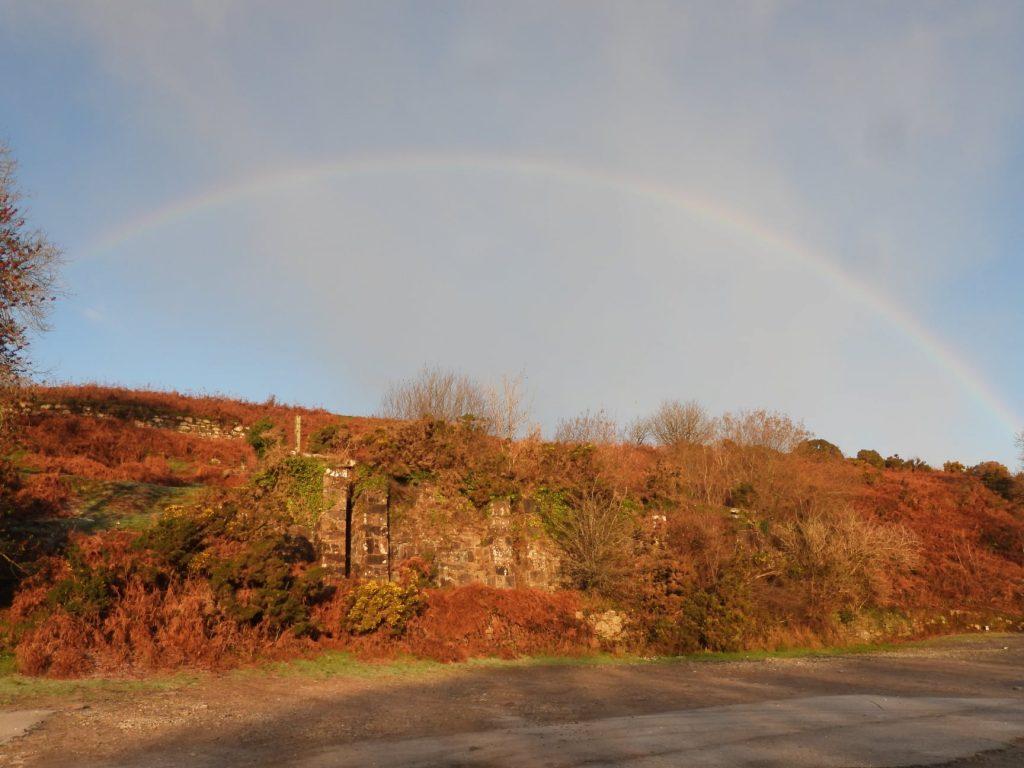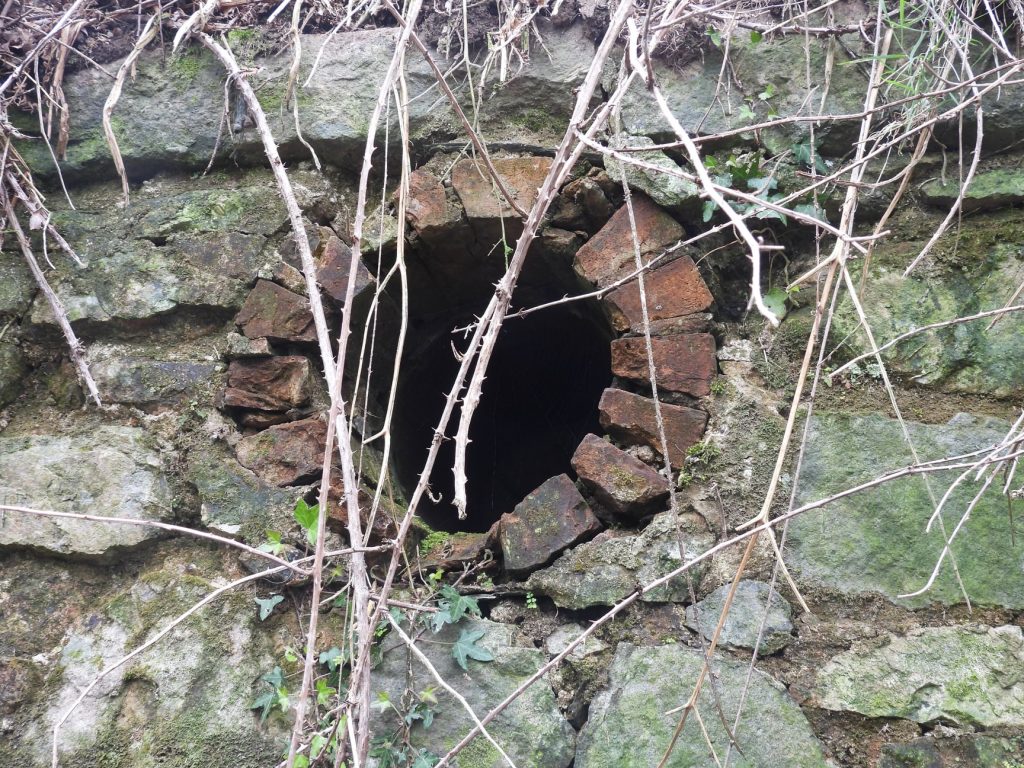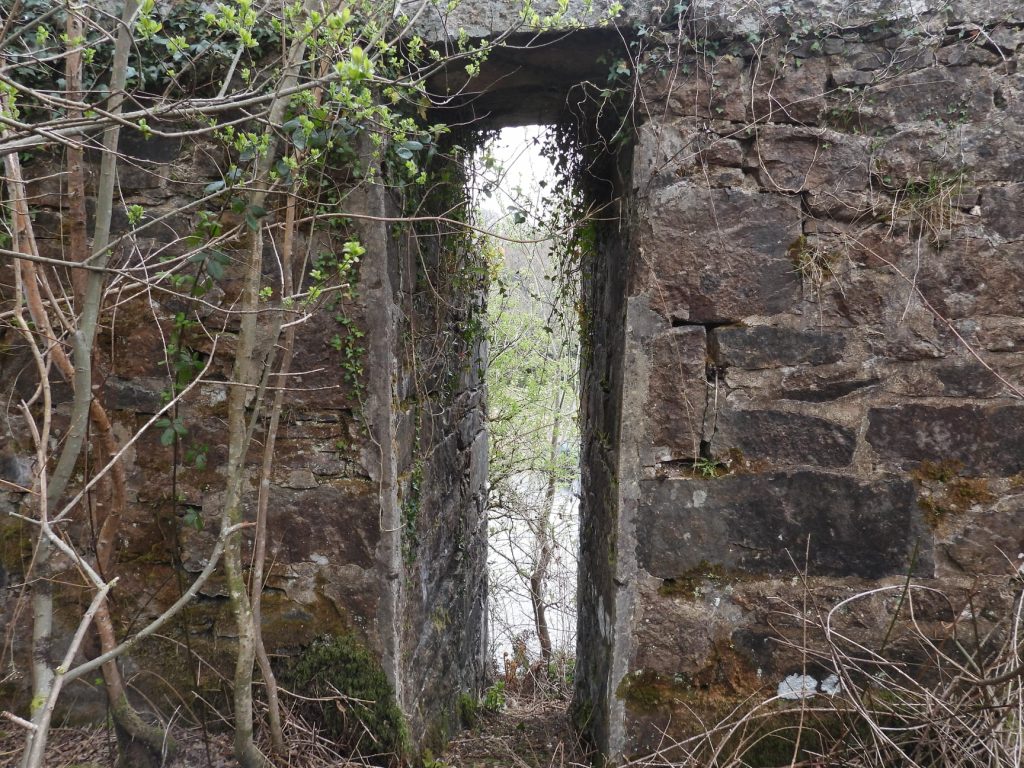With the fabulous work the Dartmoor Rangers and their volunteers have done at Shipley Bridge, the old Brentmoor China Clay Works have really come to life now and make for an easier explore, rather than get hooked up in all gorse.
Using the excellent survey by Dr Phil Newman (2002) from English Heritage on behalf of the DNP, this site is now well worth a visit and right next to the car park.
The Dr Phil Newman research can be found here:
https://research.historicengland.org.uk/Report.aspx?i=16428&ru=%2FResults.aspx%3Fp%3D509

This is the 1949-1969 OS map with the Dr Phil Newman designations overlaid (well the best I could manage). This exploration uses the designations 1-21.
HISTORY
Taken from the Dr Phil Newman (English Heritage) paper:
“Historical aspects of industrial activity on Brent Moor and the works at Shipley Bridge have been researched by Robinson (1980, 3-5), Wade (1984) and Brewer (1989), though all have revealed that documentary evidence is somewhat fragmentary. The earliest recorded activity at the site was the naphtha distillation works and peat charcoal plant which was set up in 1847 by Tomes businessmen Davy and Wilkin. This aim of this venture was to cut peat from the moors near Redlake and transport it via the Zeal Tor Tramroad to a refining works at Shipley Bridge. The partnership was short-lived and was dissolved in 1850 (Wade 1984, 15). The major surviving field evidence associated with this episode is the tramway though it is also believed that buildings constructed by this concern were later adapted for clay drying purposes. Robinson’s research also revealed that by 1858 a company known as ‘The Clay Company Ltd’ was working clay deposits on Brent Moor near the head of the Bala Brook. Clay was washed from the extraction site and transported as a liquid in open channels to the processing works at Shipley Bridge. A surviving map of 1855, shows that an area of the Shipley Bridge site had been designated as ‘ground reserved for clay works’, and delineated by boundary stones. This company was apparently short-lived due mainly to the poor quality of the product (Robinson 1980, 4). A further flurry of activity here commenced in 1872, under the Brent Moor Clay Co. and continued until 1880 when the company was forced to close due to the depressed price of clay (Wade 1984, IS). A final attempt at working the Brent Moor deposits occurred in 1923 when it was stated in a newspaper article that the promoters were reusing the existing facilities installed by the 1872 concern (Robinson 1980, 4).”
BIBLIOGRAPHY
Brewer D 1989 ‘Brent Moor’ Dartmoor Magazine 16.
Robinson R 1980 ‘The Early China Clay Industry on Brent Moor’ PMMCJ, 2.1, 3-5.
Robinson R 1984 Plan of Brent Moor Clayworks – Shipley Bridge (unpub).
Wade E H 1984 The Redlake Tramway and China clay war/cc.

Car park. This was believed to be the final drying pan for the clay. The four slotted building (19) is believed to have been adapted from earlier naphtha works. In the clay era it was the thickening tank.







20. A stone built structure of two “cells”. Collecting tanks for remaining clay deposits before water returned to River Avon below. The car park very visible from here.

The second cell (20). SX68056 62855

Speculated as a ruined building 9m x 4m next to the road and not far from the “C” stone. SX67990 62828

One of two mounds which is believed to have formed the outflow from the pits. SX67961 62812

The second mound. SX67942 62792

Pits 4-6, were three deeper settling pits below the upper level. This one at SX67923 62810

Pits 4-6, were three deeper settling pits below the upper level. This one at SX67931 62821

Pits 4-6, were three deeper settling pits below the upper level. This one at SX67946 62822

The quarry of metamorphic slate, probably the source of material of the building stone of the naphtha works circa 1840s. SX67975 62843

Pits 1-3 aligned descending the hill side. Means of separating mica and sand from Kaolin in 1850s. This pit at SX67893 62854

Pits 1-3 aligned descending the hill side. Means of separating mica and sand from Kaolin un 1850s. This pit at SX67895 62836

Pits 1-3 aligned descending the hill side. Means of separating mica and sand from Kaolin un 1850s. This pit at SX67905 62824

Shown in the Newman plan but of unknown purpose. SX67886 62872

Used to stop flooding of pits / tanks around the site. SX67898 62864

The western sand / mica drag, believed to be where the slurry was initially deposited. There are three runs here. SX67927 62913

South of the western drag (10) is this level cutting, purpose unknown. The clearance efforts of the Dartmoor Rangers and volunteers here. SX67929 62900

The eastern sand / mica drag, where the slurry was initially deposited. The horseshoe shaped north end has a drop of 2.5m. SX67946 62922

Ĺ shaped settling tank for initial refining. This one feeds four (15-18) of the five large setting tanks below. SX67965 62914

One of five huge settling tanks. This one is 18m diameter and 2m deep. SX67937 62889

Outflow evident from settling tank (14)

One of five huge settling tanks. This one is 8.8m diameter and 2.4m deep. Granite lining blocks remain. SX67950 62885

One of five huge settling tanks. Tanks 16-18 are all 11m diameter and 2m deep and have been robbed of their linings. SX67974 62904

One of five huge settling tanks. Tanks 16-18 are all 11m diameter and 2m deep and have been robbed of their linings. SX67986 62909

One of five huge settling tanks. Tanks 16-18 are all 11m diameter and 2m deep and have been robbed of their linings. SX67990 62915

View of car park and Shipley Bridge from above

One of several “standing stones”. Were these to mark the boundary of the works? SX68009 62977

1 Pingback